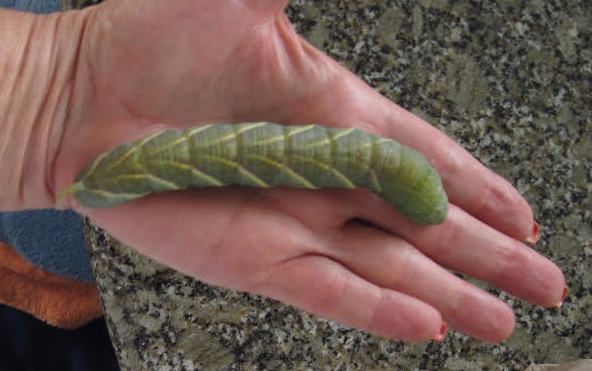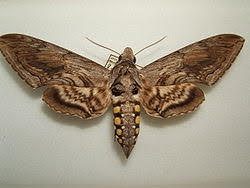As requested. Besides, we’ve had enough healthy stuff posted here for a while.
CRUST
1 1/4 cups crushed vanilla wafers
3/4 cups finely chopped almonds
1/4 cup sugar
1/3 cup butter or margarine, melted
FILLING
4 packages (8 ounces each) cream cheese, softened
1 1/4 cups sugar
4 eggs
1 1/2 tsp almond extract
1 tsp vanilla extract
TOPPING
2 cups (16 ounces) sour cream
1/4 cup sugar
1 tsp vanilla extract
1/8 cup toasted sliced almonds
In a bowl, combine wafers, almonds, and sugar; add the butter and mix well. Press into the bottom of an ungreased 10-in springform pan; set aside.
In a large mixing bowl, beat cream cheese and sugar until creamy. Add eggs, one at a time, beating well after each addition. Add extracts; beat just until blended. Pour into crust.
Bake at 350° for 55 minutes or until center is almost set. Remove from the oven; let stand for 5 minutes.
Combine sour cream, sugar, and vanilla; spread over filling. Return to the oven for 5 minutes.
Cool on a wire rack; chill overnight. Just before serving, sprinkle with almonds and remove sides of pan. Store in the refrigerator.
notes
It says to use chopped almonds for the crust – I crush almonds instead until most of them are the same consistency as the crushed wafers (some almond chunks are left, but they’re pretty small too). I always use butter instead of margarine.
When it comes out of the oven before putting on the topping, it’s usually up to the top of the pan. It collapses a bit as it cools and after you put the topping on. I’ve never topped with the toasted sliced almonds it suggests. I’ve also served it without the overnight cooling and it’s been fine. It gets firmer as it cools, but it’s been just fine for me after about 4 hours.

